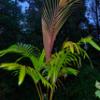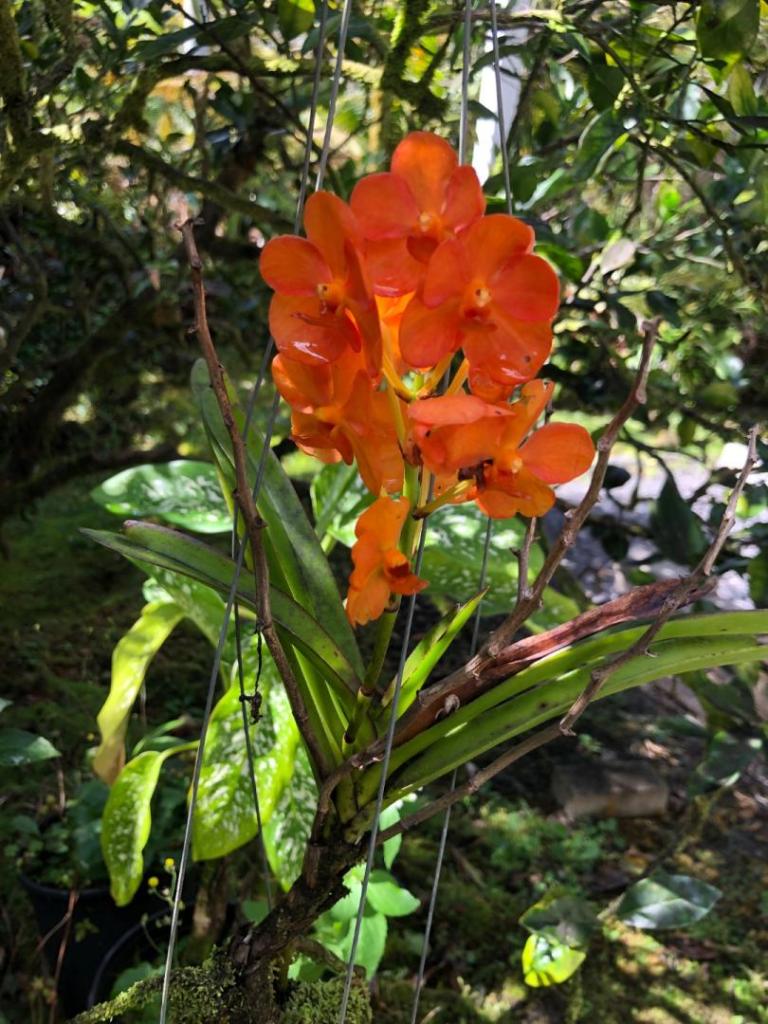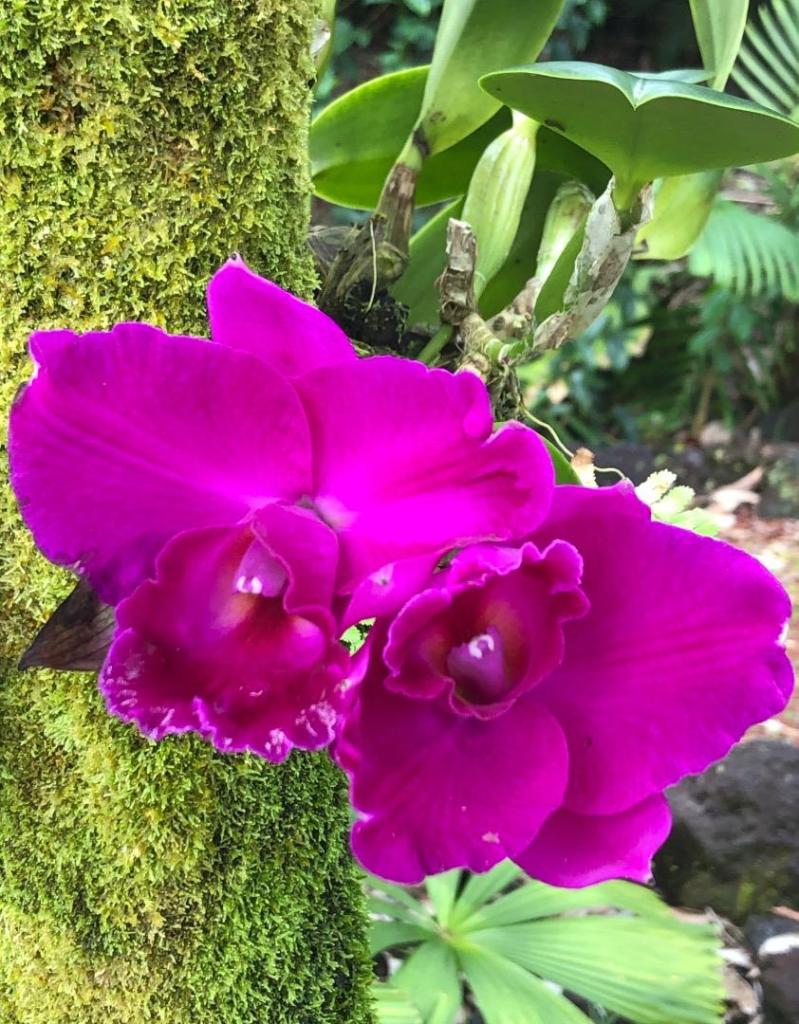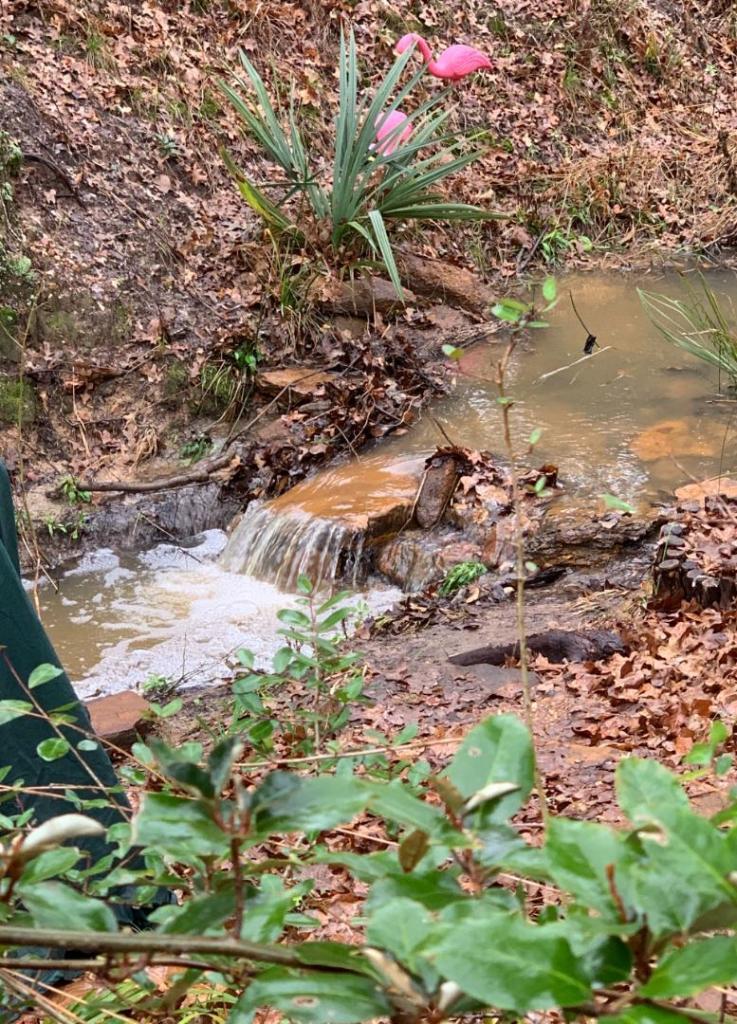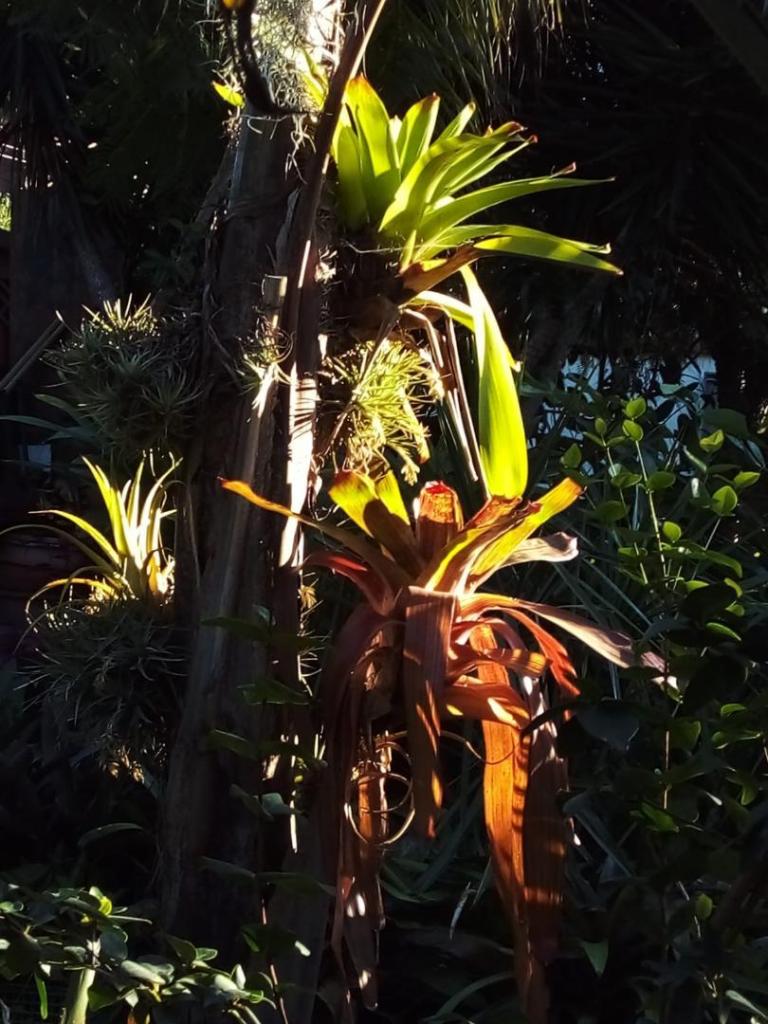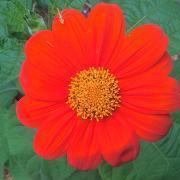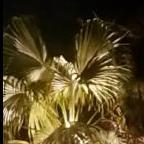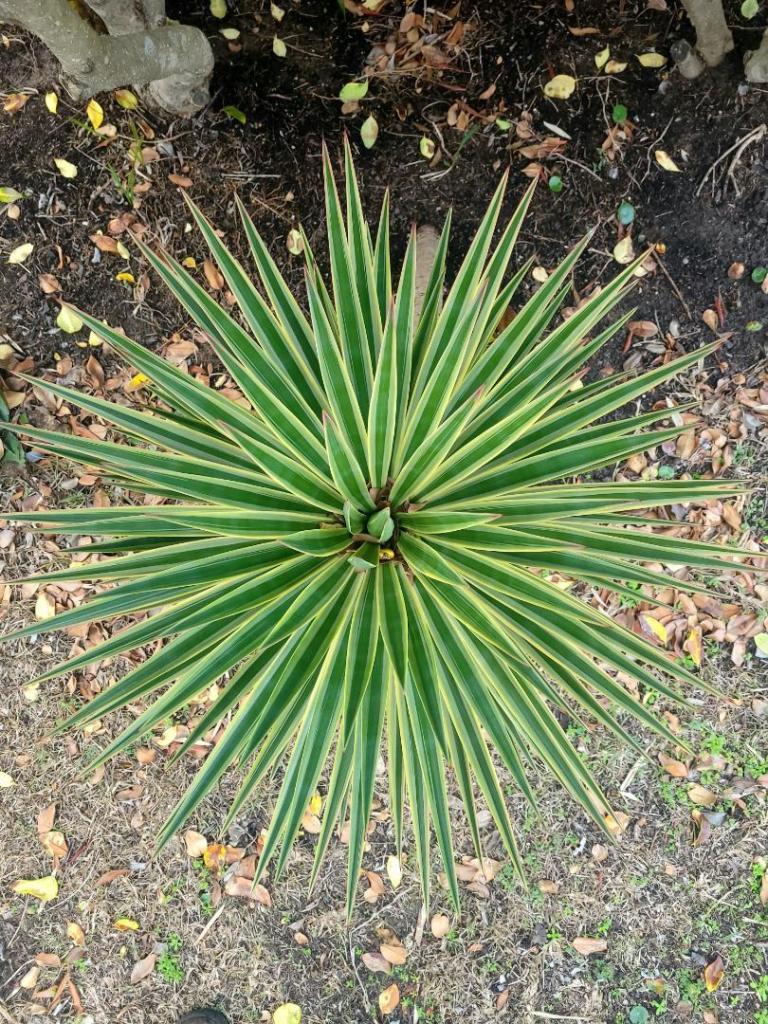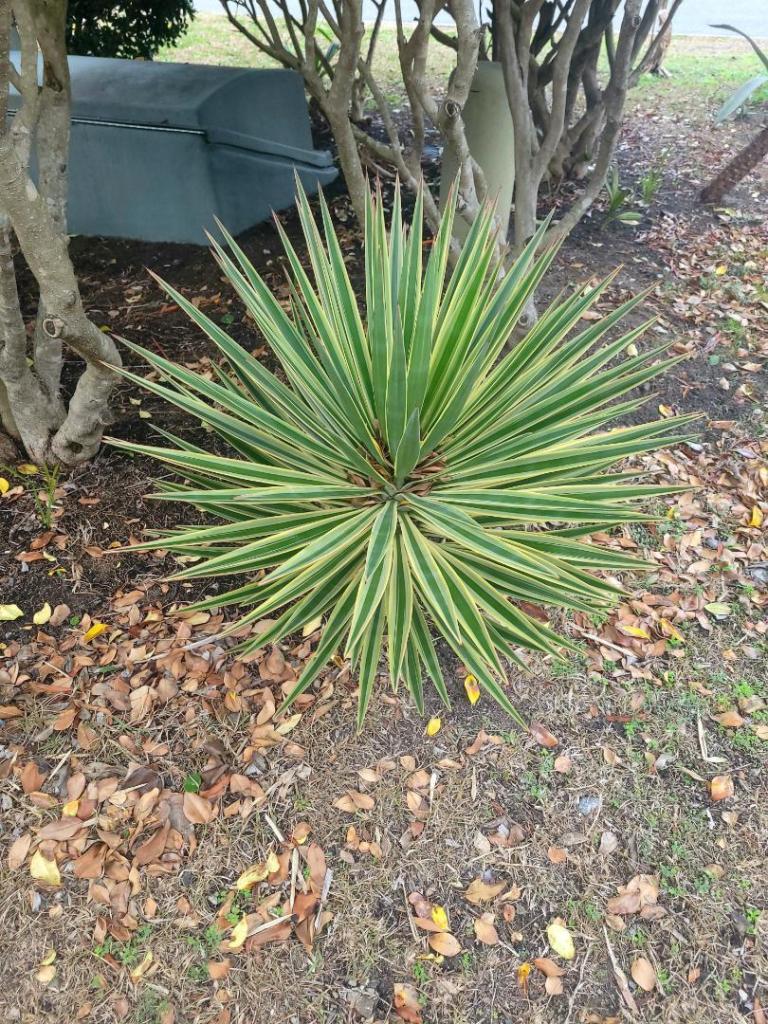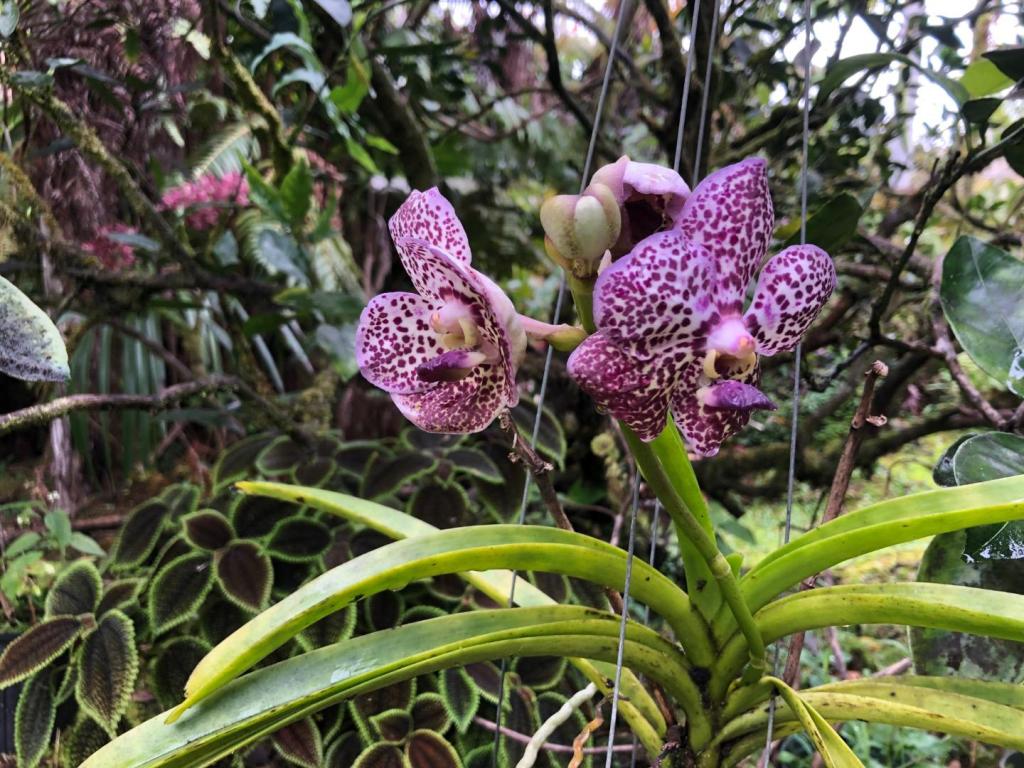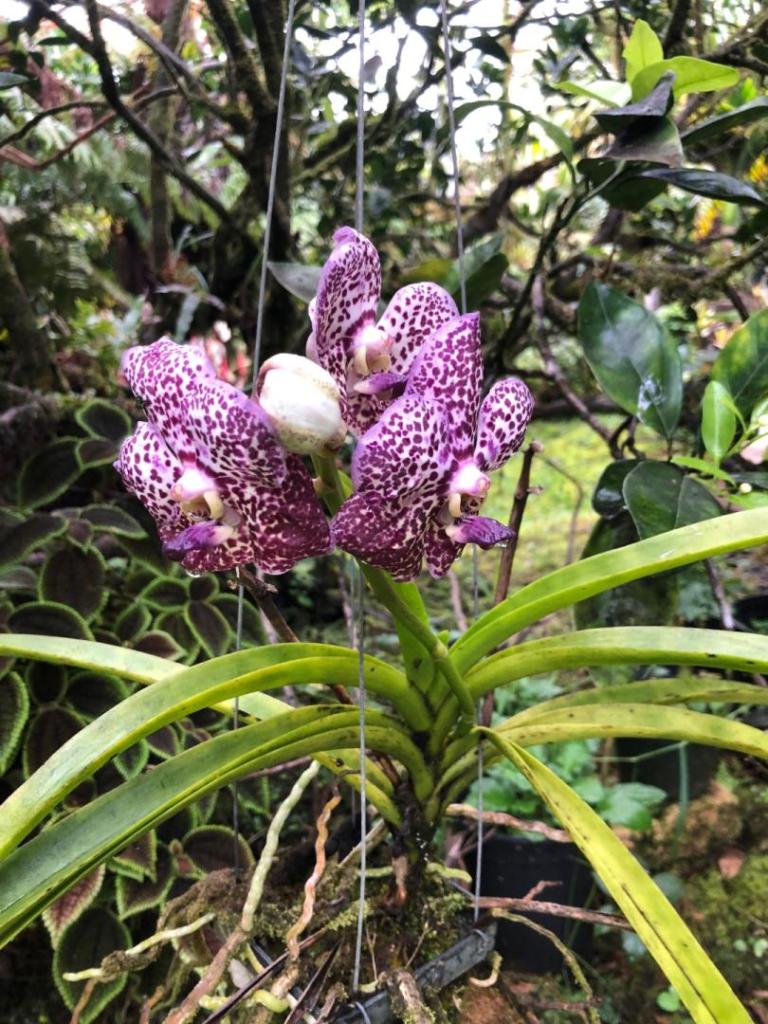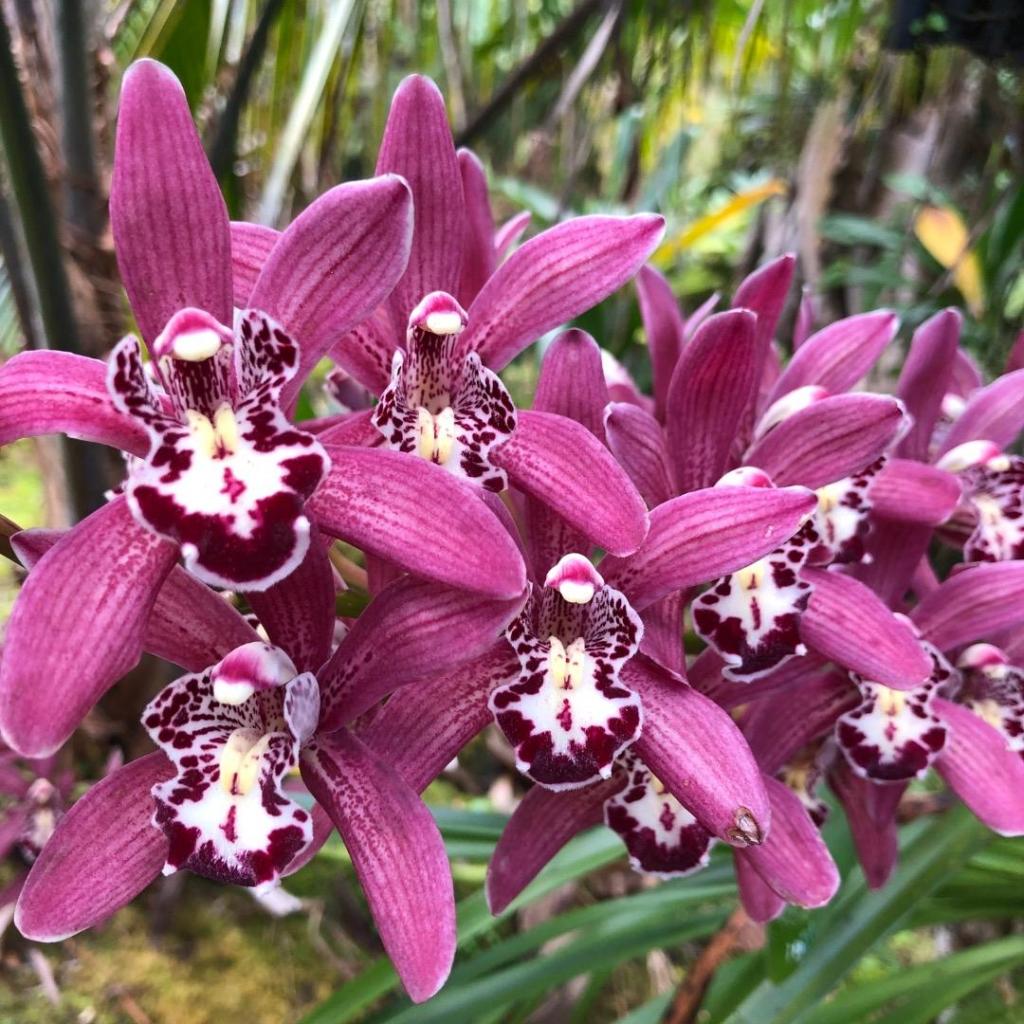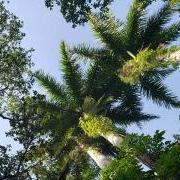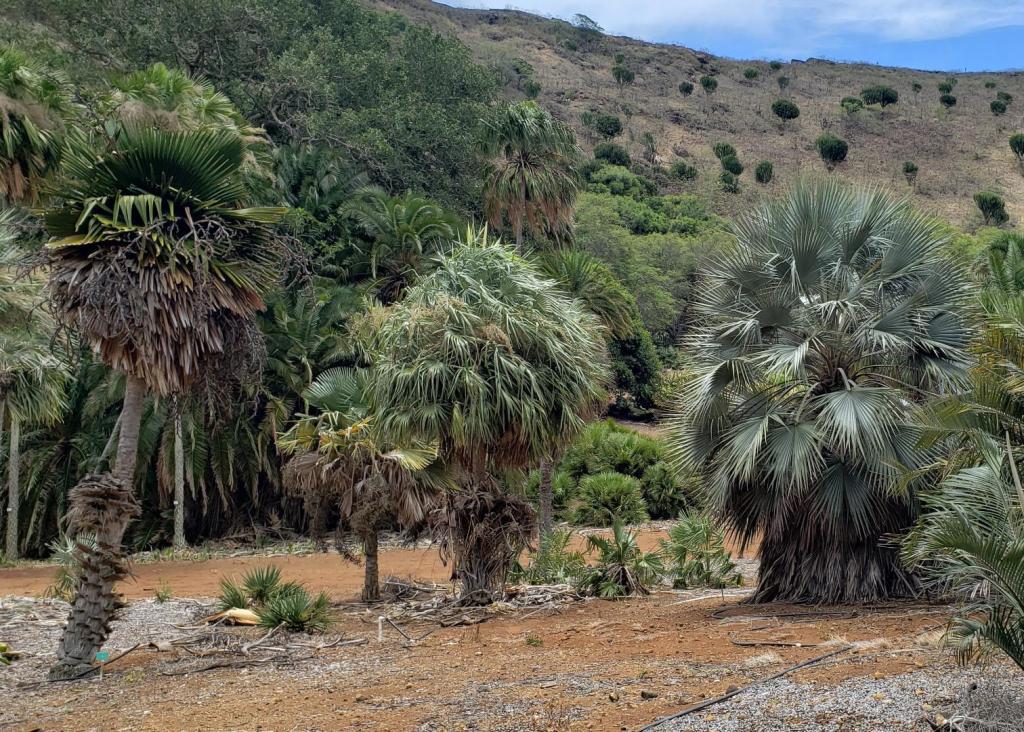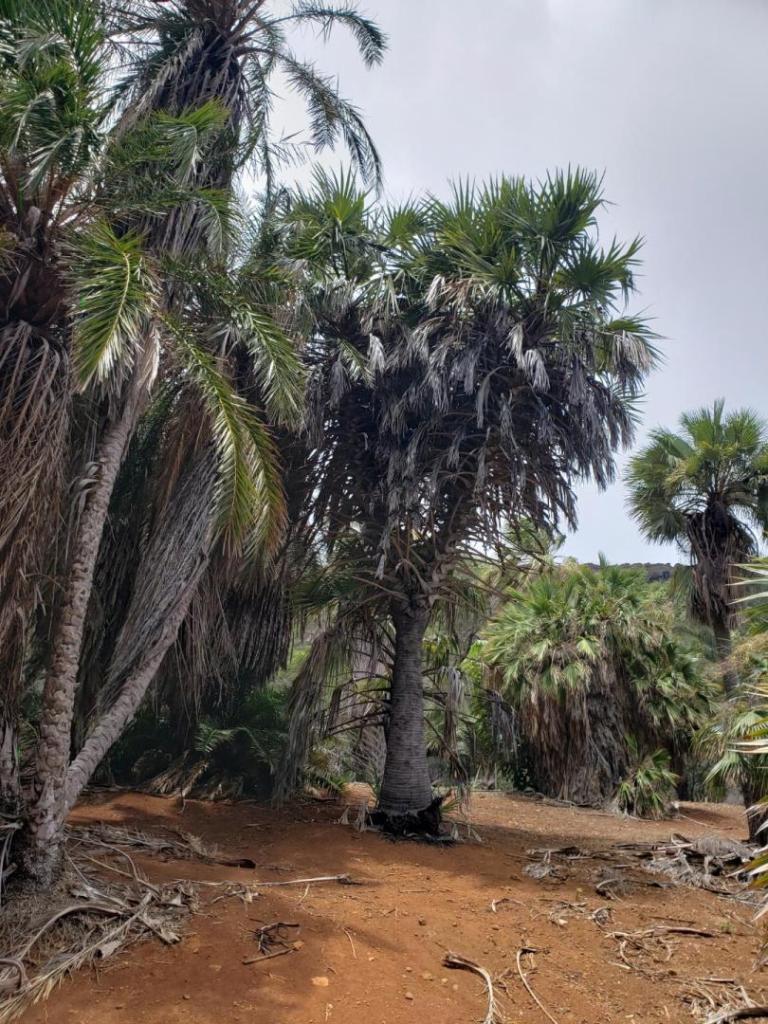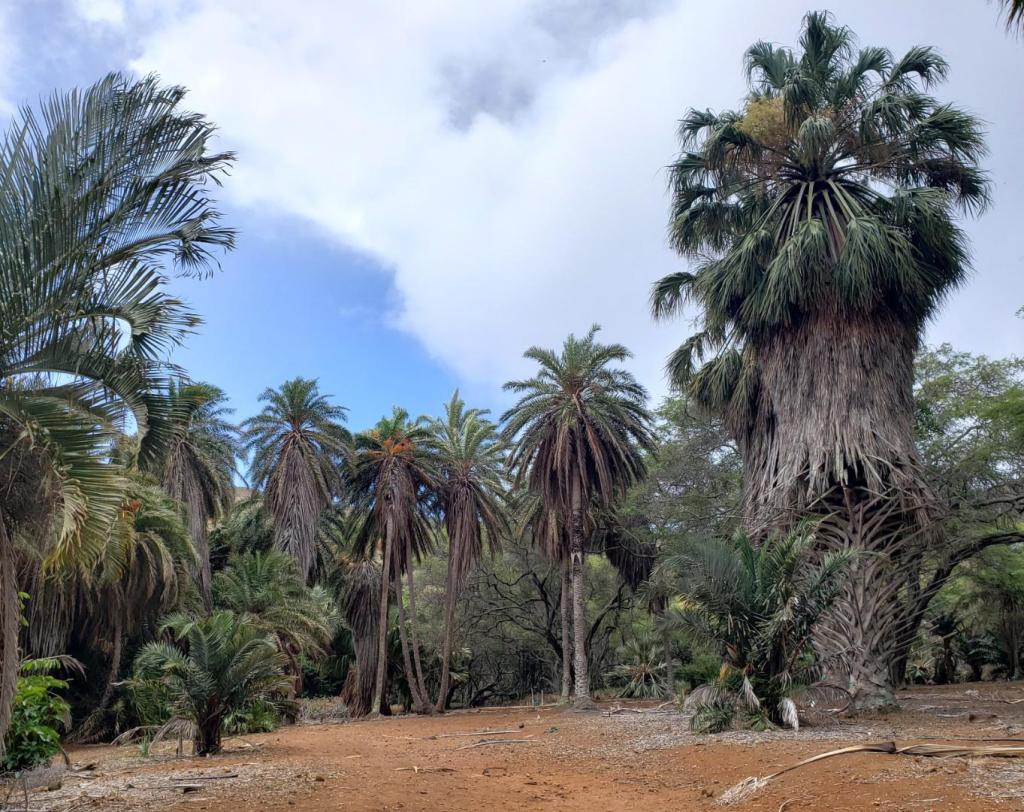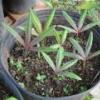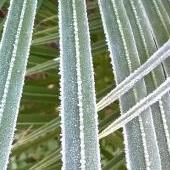Leaderboard
Popular Content
Showing content with the highest reputation on 02/01/2023 in all areas
-
A comfortably cool 54F at 7:50pm after a surprisingly nicer day than forecast. Storm that was supposed to bring showers through the day stayed further south than forecast, leaving most of the area dry, clear - and warmer- than expected. Instead of the forecast 56-59, and cloudy, we reached the lower 60s.. Not a bad end to a pretty cool month, and a decent start o what looks to be a very nice opening to February.. While a few spots on the far west end of PHX saw some, totally dry here. Far cry from the .15-.30" suggested earlier. Temps. continue rebounding through the 60s for remainder of the week, and, for now at least, it is looking like we'll see some of the warmest readings so far this year, and quite possibly, since -at least- early Dec by the weekend.. While not on any of the "official" forecasts right now, if the suggested highs on all those forecasts do reach the mid/ upper 70s both Sat. and Sunday, not out of the question warmer neighborhod stations will see their first 80F readings of the year. For now, most forecasts pull temperatures back to the mid / upper 60s to start off next week. We'll see if we get any more showers from what storms may pass through, or close by. I'm not sold on those chances... Some model runs keep rain chances north and west of here, while others bring some through. No suggested storms that may pass through over the next 7-11 days look all that wet or cold though. Looking further out, while subject to change of course, most forecasts for the month ahead look milder ..and drier than January. Some cooler nights suggested for next week, but ..for now at least.. no lows below about 36F. No early stretches of 80F heat suggested either, for now at least. Possible that changes later on, toward the end of the month though.. While " Astronomical" "winter" might have another month and 20 days, to go, Meteorological winter will come to an end in 28 days. Really, here in the low desert, AZ anyway, after about the 15th, you can toss whatever might be left of winter in the trash.. While we can see chilly mornings up until about the 2nd week in march, threat of a serious frost / freeze that late is rare. For now, we'll see if the weather next week / weekend cooperates and brings everyone in town for the Super bowl / golf geek thingie some decent, spring-like weather.5 points
-
The Big Island has 14 of the world's 17 climate zones. I happen to live in a zone that has temperature ranges reminiscent of Central California and lots of fog and low cloud style overcast. Our main difference is the mild zone (12a/11b on record cold years) and regular rainfall (150-180 inches) spread throughout the year, which is different from California. So it's essentially a cloud forest. My zone is a Koeppen Cfb, so oceanic temperate (f for year round rainfall like England), compared to Koeppen Csb for California (s is for Mediterranean rainfall pattern). Our USDA heat zone is the same as Alaska, heat zone 1, zero days above 30C/86F. My farm has hundreds of California coast redwoods, some are big. So if the coast redwoods are happy here, one would think that anything that likes California might do ok here. There are also lots of Monterey pines and Lawson cypress growing here, all are super happy here. I basically live in the part of Hawaii that is ideally suited for albinos. For what it's worth, I have a large collection of brahea palms at mid elevation in East Hawaii (lower Hamakua Coast, up Mauna Kea above Hilo) growing in 150-200 inches of annual rainfall, they happily flourish next to all the tropical dypsis and marojejya darianii and other rainforest palms. Brahea is not a common palm but there's a scattering of them around and they seem long lived. I have armata, clara, decumbens, edulis and starting with a few others. I can share pics if people are interested. My theory is that brahea are relics from times when it was plenty wet in Mexico, and adapted to dry but never lost the genes for the wet adaptation. This is very similar to many dryland cypress species, all are related to swamp loving cypress from the miocene era. Those grow well here too. There are howeas all over the Big Island, even the Hilton Waikoloa where it's hot has some healthy specimens in the ground. There are also a scattering of trachycarpus, The few Rhopalostylis palms I have seen look terrible, so perhaps that's a good candidate for a no-go in Hawaii. But I want to give it a shot here. I have also not seen any jubaea chilensis anywhere. I tried and failed. Parajubaea is difficult on the wet side, but can be done on the dry side. I have a parajubaea sunkha I had to beg Jeff to let me buy quite a few years ago, it is healthy but every Summer it throws some fronds that look rot damaged, so it only grows well for me during the cooler part of the season when my temps look more like Summer Coastal Central California (50-70F) and it resents the 4-6 weeks of real tropical weather I get around September at the peak of hurricane season. I think Kamuela (dry side of Waimea) around 3,000 feet should be ideal for jubaea and Rhopies. One last note is soil, here along the Hamakua coast we have real soil, not lava rock, but pH is low, so some things from California adapted to high pH might hate it here, but palms are fine.4 points
-
3 points
-
3 points
-
Hi everyone . Should have posted a follow up sooner. As expected once it started showing signs like it did, nothing I did was able to save it. It was dead a few weeks later. However, I have 2 more doing great 2 1/2 yrs later in nearly the same spot. As everyone posted: No overhead water and They don’t like wet feet. So make sure your irrigation isn’t overwatering them even if not hitting the crown. And they prefer full sun. Once they start to decline like that I haven’t been able to save any of them. Other coccothrinax varieties seem to be the same. c. Borhidiana, c. Argentata. Similar experience with 2 argentatas. Live and learn. Good luck.3 points
-
3 points
-
Record lows are fairly similar in Texas and N FL/GA at a similar latitude and distance from water. It's only when you get into peninsular FL that FL warms up significantly at comparable latitude (south of say Gainesville or St. Augustine). The Appalachians have some effect but it mostly depends on the trajectory of the cold. Feb 2021 funneled most of the cold into Texas. Jan 1985 brought single digits to Jacksonville and Tallahasee with only marginal impact to Texas. Houston and Jacksonville are very similar overall with various microclimates created by Galveston Bay and the St Johns (plus UHI). SPI is actually quite a bit further south than Tampa, nonetheless I don't think the differences are that great. SPI has only dropped below 30F on a total of 3 occassions (Feb 2011, Feb 2021, Dec 2022) in the last 33 years. Now places like Clearwater and St Petersburg are definitely more protected from cold due to more water moderation. Guess I'll lighten up this thread with a pic of the part of TX that isn't in the 30s today. Friend in Brownsville sent this, this is after the "2nd lowest" temperature in the last 33 years3 points
-
3 points
-
Yes they do. For us it is 10’ from sidewalk in. Sidewalks 8’ high clearance, 14’ for roadways. I talked to the Forman on the job today. As long as you’re within the laws and clearances, you can deny trimming as long as you call it in. After talking to the guy today he agreed to just trim the dead fronds on my caryotas, the seed pods which is a huge win, and my Bismarck seed pods. Turned out great and was free!3 points
-
Hello Everyone, Thank you for some of the positive messages, i am thankful for all of them. My name is Joao Santos Costa, i am from Portugal and i am the new responsible for the management and administration of Palmpedia and connected resources. Palmpedia as been over the years a fundamental and unavoidable tool, an endless source of information to the palm growing hobby. I am forever thankful to Dean, Ed Vaile, and all people who have contributed immensely to the creation of this incredible resource. My path with palms started more than ten years ago, when i wanted to create a big garden around my former residence in Lisbon, and wanted to have some privacy from all the neighbours, together with the perpetual feeling of evasion and "vacations feeling" every-time i would step home. Likewise many of you the inicial humble idea of planting a few palms turned out to be an incurable addiction, that month after month started to influence where we would spend the weekends, to where we would go for vacations. From a nice garden the things escalated quickly and i ended up with a full size jungle with dozens of mature specimens, I got hooked. I loved every bit of the new lifestyle, this garden could provide, so did my children and my wife. From late night barbecues, to tiki jacuzzi parties, to bird watching with my toddler, was a fantastic experience that forever change my mindset on the "art of living". Professionally, i have responsibilities in a group of companies with ranging activities from managing real estate portfolios, to construction and hospitality businesses. Few years ago, i started the acquisition of multiple agricultural investments and have turned my hobby into a full size business operation. Currently we have 3 state of the art productions facilities, manufactured entirely in double glaze polycarbonate, biomass heating, evaporative cooling, and full climate control, where we are fully devoted to the germination of palm trees. We are also establishing plantations in Sao Tome and Principe, and Mauritius for the more tropical varieties. As of today we hold several tens of thousands of 2-3 year old palm seedlings of around 237 varieties and growing. I am focused in creating top quality plants. Our aim is to introduce recently discovered or unusual palms in the ornamental market, after all i guess we are all tired of finding the same options for sale in the conventional garden center! I have quite ambitious plan for the new Palmpedia, and i hope to have you all along for the journey, but i also understand that i will not be able to be a very consensual and accommodate everyone requests, but i will try! In what concerns the future of Palmpedia, our plan is to keep the entire structure in the wiki platform like was originally intended and allow edition, inputs, and submission of pictures and content. We are currently working in the log in and users platform to allow people to sign in and edit the content of the pages, i believe in the next few days will be operational. Also i understand that there are several scientific revisions that need update, and we are currently compiling with the help of fellow forum members the list of updates needed to perform. So if you have a suggestion or topic requiring update we are thankful to receive them by email to info@palmpedia.com. Palmpedia will remain a free and open "go to place" for palm information, independently where you are in the globe. Regarding our plans on the comercial front. We are currently testing the new online marketplace, that will be made available on the website. This will be a multi vendor online shop, (much like amazon) and will allow verified nurseries, brands, individual growers, and hobbyists to sell their palms, and their seedlings. With a very simple and user friendly platform will allow every nursery to have equitable online exposition and a simplified online sales spot. If you know a nursery let them know that we are working in order they can soon list their palms and exotics stock in the world leading marketplace we are creating. I strongly believe in this model because because is the only way to provide a truly global service without the limitations of phytosanitary regulations. In other words, depending on the place you are and will access the online shop, the assortment you see available to purchase is within your geographic range to be delivered without need of phytosanitary certificate. I am always available at info@palmpedia.com I hope to have all of you along, Best Regards, Joao3 points
-
2 points
-
This freeze/freezing rain reminds me of the 2011 freeze in Deep South Texas. Royals, foxtails, and many of the few coconuts survived. The queens laughed at the cold. The massive 2004 snowstorm did not really do anything either despite the accumulation in south and coastal Texas (Brownsville saw its first snowfall since the 1800s). There's even a picture of two coconuts covered in snow, one of which survived until 2021.2 points
-
I would think a layer of mulch would hold a lot ground heat under it. Look how good a small pile of mulch did on my small S. minor in the beginning 2 minutes of this video. This was in -1F/-17C with 88 hours under freezing and one day with a HIGH of 11F/-11C. You can see how in various parts I used mulch to protect the palms2 points
-
@Foxpalms The GFS is pushing the idea of a 'Beast from the East' or a 'Siberian express' later next week. That model has been fairly consistent with this over the past 2 days now, although other models like ECMWF and UK MET are less interested, keeping it fairly mild. It will likely end up somewhere in-between, but to see this being modelled by GFS after the dreadful winter we have had so far, is certainly a cause for concern. Will it happen? Probably not. These are airmass temps at 850hPa. Europe would be obliterated. If this comes off, parts of Switzerland, southern Germany and western France could see temperature departures that are -16C from average and -8C for us here in southeast England. Hopefully the GFS is wrong and we get a 'hottie from Lanzarote' instead! That would probably send the Siberian express south into Turkey, Greece, Balkans etc. Some of these runs would have about -8C in Rome, Italy and -12C in Istanbul, Turkey. Place your bets now. Will it punch through to western Europe, or be channelled south towards the eastern Med? Currently 10.3C / 50F here at midday.2 points
-
2 points
-
2 points
-
From what I have read, coconuts brought into Bermuda do not fruit.2 points
-
Its was patchy rain here from 10pm last night through to about 10am today, with some heavy downpours in the mix .Probably around 30mm. Thankfully nothing to damaging came from that. Then it cleared up and the sun came back out in the arvo helping to dry things .2 points
-
Yes they have. Their winter there is warmer than the Mediterranean. Their latitude is very similar to Funchal in Madeira and their climate is even warmer2 points
-
Assuming you are wanting to know re Auckland/Northland. I think they are still copping rain unfortunately. Hoping very much there are no more deaths, and little more damage. Massive clean ups needed up there. Down here in Dunedin im almost feeling guilty with the warm weather we are getting. The recent warm spell seems to be peaking in the next few days.2 points
-
I went ahead and deployed my bag of Florikan palm blend for my first half of the year feeding. since it’s timed release, it’ll just break down as temperatures and conditions warrant. I’m loving this weather.2 points
-
In Baltimore it will be best to stick to Trachycarpus fortunei planted in a ideal microclimate within 2-3 feet of the south side of a structure and needle palms and Sabal minor for your palms if you don't wish to protect. You may still need a plan to protect the fortunei during some cold snaps. You can of course grow some other palms if you wish to protect them every year but the ones I listed are best for your area to start. The other Sabal hybrids like brazoria/birmingham will struggle a bit with growth in your location due to the lack of summer heat and will grow real slow but can be planted.2 points
-
2 points
-
I haven't seen anything predicting temperatures lower than 1°C for Düsseldorf and Cologne. The only thing I can see is a cold creeping into Northern Russia and with that the possibility of it expanding towards the West if wind flows change. But for now it looks like we might get a high pressure system that could protect us from that... - if it's strong enough. And yep it's true that we're not having any high mountains protecting us from Eastern winds but one major benefit we have in Düsseldorf, sitting in the Cologne Bay is that we actually have a mountain range directly to the East of us. That's one of the main reasons why very often during cold blasts our temperatures even outside of the UHI are higher than further West in some parts of Belgium and the Netherlands. While this is the microclimate thread I might as well just go on an excursion and explain our microclimate a bit... You can't see the urbanised areas and where the cities border but you can get a gist of why this area has such a great microclimate even though it's on the continental inland and about 150km away from the sea. Other physical effects play a role as well, plus we also have Western winds and mostly influence from the Atlantic. And of course the UHI effect that plays a big role, because this area is very populous and urbanised. I live in the Southern outskirts of Düsseldorf, so just somewhere in the middle between the Düsseldorf and the Cologne dots. The official weather station of Düsseldorf is located at the Düsseldorf International Airport in the North-West of the city. This part of the city is rather sparsely populated and also already more exposed to Eastern winds and from my observation it looks like its also a cold pocket, because cold winds seem to run down from the Northern, more flat parts of the mountains. This makes measurements and predictions about most parts of the city pretty unreliable and of course way colder in winter and in summer. As I only found out recently there is actually a new official second weather station in the middle of the city. Sadly there aren't any records available yet and it's also not included in any weather report. I hope that'll change in the future. I hope they add another one in the South of the city, because it looks like the South is even warmer than the city centre for some reason I haven't figured out yet. The Rhine river itself also plays a big role in our climate here. Due to the UHI with cities above the mountain range we get another big influence on our climate. Even though Düsseldorf isn't as big as London or Paris, large cities pile up here, bordering eachother and thus creating a huge UHI with a population of over 11 Million! people. As I just found out in this forum not many people a familiar with this subject and I think that's also because a country's climate in Europe is often judged/seen in a very superficial way. While the UK for example has also many different climates I think Germany is one of the worst climates to generalise. That's why I also hate some average temperature estimations after a month or a year or country wide predictions, because Germany is located literally in the middle of Europe, dividing it into the Western oceanic climate and the Eastern continental climate at its base but adding to this many Many MANY! other smaller climate zones plus all the microclimates. Germany is bordering Scandinavia with a coastline of the North AND the Baltic sea. We have many mountains spread out into many different regions all over the country and we're also having the Alps! So whenever there is an average temperature for a certain year it includes ALL of that which doesn't make sense to me, because other than political borders it's not based on any scientific frame like at least something like the British Isles or the Iberian peninsula. I might as well end my exursion here LOl and I also think about making a seperate thread about it:2 points
-
2 points
-
2 points
-
I have seen some indications it could get to around 0c a couple nights in mid February in London which would mean even colder temperatures for the Netherlands since that's hinting at cold from the East. Hopefully that doesn't happen. It is annoying though that western Europe around the east of the UK, Germany and the Netherlands don't have mountain ranges to block out cold from the East. From here to Russia it's flat ground other than the north sea2 points
-
2 points
-
Here are two sources that may be helpful for identification: Aroid Identification Center at facebook.com/groups/aroidid and David Sherberich's site, aroidpictures.fr I cannot ID your philo. It may be a hybrid.2 points
-
Thank you! Couldn't have wished for a more destructive winter after a record-breaking summer that left most of my palms weakened already (I generally don't irrigate). I had left all my protection from the earlier freeze so I don't expect this event will be able to much more much more than I would have already lost. Unless I see temps in the 30s in the long term forecast, I do plan to take protections off next weekend and start living the Spring life. I am trying to have fun with hardscape in the meantime. Check out this little waterfall I put together with some rocks (Sabal Louisiana - always unprotected, in the back)! ~ S2 points
-
I sold Palmpedia several months ago to someone who has the resources and passion to keep it going. It became too much for me alone to continue and provide the time and expense to do it justice. The new owner is an IPS Member, and a long time lurker on PalmTalk. He is a terrific guy, capable businessman, and a palm/plant lover. I think it is a good fit, and the future of the site is in better hands now that he is involved. Give him time, and I expect many more improvements. Thanks to all those who provided financial and emotional support during its creation and almost 20 year run so far. I too use the site often, and hope to for another 20 years.2 points
-
http://alohatropicals.com is a place that has a lot of different ones including the kind you are looking for. I had bought some small growing species from them last year.1 point
-
Actualy some cymbidium species are strictly epiphytic or litophytic plants and I find the idea of mounting them interesting, it should be easier to protect the plants from slugs and snails1 point
-
Hi, to grow bromeliads, you do not need to live in paradies, I too do not live in paradies (also a bit too cold for a hell here) but grow bromeliads. They too do not all grow in the tropical paradies as many use to think. You may just need a bit of shade, but I think there are some bromeliads frome some more extreme climates, like Southern Brazil, that could take you full sun. Maybe the tank emptying is meant for inside growing? I do not grow bromeliads in my appartment, but do know that inside they are more prone to the tank rot, so a monthly water change can be recomended. Outside, I water with the hose when watering other plants1 point
-
Check here a tropical Syagrus of mine. All brown and desiccated tips are damage by winter cold, but nonetheless leaves look well nurished. It grows in a raised hole filled in only with pumice. In natural soil even Syagrus romanzoffiana suffers from deficiencies and consequently also from fungal attack. Only through soil amendment (sulfur pellets and drenching with humic acids) , an annual application of iron chelate of the described composition and several applications of fungicide for soil fungi I made Arecastrum starting looking better.1 point
-
Could it be just some kind of nutritional deficiency in the soil regarding Bermuda Coconut not fruiting? Comparing with other subtropical areas where thru successfully fruited I would say that temperature is out of question1 point
-
1 point
-
How long have you been raising bees? As far as fruit trees go, stick with varieties that bloom in mid March or later; the Florida varieties are only good for Houston and San Antonio.1 point
-
1 point
-
1 point
-
you're right, yesterday morning they were calling for us to be just above freezing Wednesday, now saying maybe right at 32* on wednesday.. of course Thursday on the weather keeps rising and next week 50-60s. Thats the worst part to me is the crazy swings...which im sure before Feb is over us north of you will have anther swing in temps that other way {fingers crossed} maybe not. good luck and glad you go them bundled up..snot and all haha1 point
-
Heavy handed government behavior is always a concern. Unfortunately, the system often requires you hire a lawyer. Last year they trimmed a few leaves on a sabal uresana I have with those leaves 8' off the ground. I was not there and unaware that they would hack a palm that was at most 2' over the street(leaflet tips) I understand the trimming of dicots that spread in canopy as they age but palms do not spread. My big concern is the spreading of disease as they use the same cutting tool as they hit the neighborhood. They should clean the tool between each use, but I'm betting they don't. I hope you can stop them from chopping.1 point
-
Koko Crater Botanical Garden on the far east coast of Oahu has a hot, dry climate and features desert species from around the world - cacti, baobabs, plumeria, and lots of palms. I know they had Hyphaene, Copernicia, and some beautiful Brahea. My favorites were the absolutely massive Sabal uresana. I would imagine in the range of climates between Koko Crater and Volcano on the Big Island that there is a theoretical spot for any palm, as Xenon said. Here are a few photos from my visit a few years ago:1 point
-
There are some around the region...when I lived in Natchez, Mississippi (about 75 miles north of Baton Rouge), I planted a line of Sabal Mexicana along one side of our courtyard, and they are there to this day I believe. I bought mine from Stine Hardware in Natchez around 2005, they had a lot of them in five gallon size at the time, and I am 99% sure they were grown by Greenleaf Nursery Co. in Texas. So I'm sure Greenleaf was pushing them throughout the region at that time, and Stine has locations all over southern Louisiana and also some in southern Mississippi, which would give a pretty broad net to cast in terms of spreading this species around. I'm sure also that Clegg's or Louisiana Nursery in Baton Rouge have offered them at one time or another over the years. So it's not really outlandish at all that you would run into some occasionally, even though S. palmetto is no doubt the more commonly sold species in Louisiana and Mississippi.1 point
-
On the sunny days we do get in the winter, the rocks will absorb the solar radiation from the sun. The effect won’t be nearly as profound as in the summer, but it still works. Darker rocks obviously work better for this. Half my garden is rock mulch and the other half is wood mulch. I use the rocks for my heat-loving palms and trees and it seems to work well for me.1 point
-
Because Hawaii is tropical, many people assume that it is hot. It isn't. At 740 ft on the east side of the Big Island, my highest temperature this last summer was 83 deg F. When I built my house, I made no provision for air conditioning. I have had trouble with some species of several genera (Oenocarpus, Thrinax, Coccothrinax, Colpothrinax) and suspect that it just isn't hot enough here for them. (It's not cold either, fortunately. Low temps this winter have been in the upper 50's F.)1 point
-
Hit the nail on the head. I used to love February heat waves for my weather monitoring but now I'm changing my mind since I know they lead to those dumb backloaded Marches. Ironically last winter I was wishing hard for a February heatwave and got one, but my weather monitoring areas paid the price on March 12-13.🙃 Funny enough, although March 2022 cold snap was widespread, years like 2017 and 2018 seemed to leave Texas and Louisiana well alone to the point that places up to Dallas had early January-mid February last frosts and a lowest March temperature of 4C. It would be fun to see that happen throughout the Southeast, great last frost monitoring in Florida etc!😀 I'm hoping for a March 2020 repeat this year: that was the only reasonably warm February I know of which did not lead to a massive March backload like 2018, 2022, etc. February 2015 would also (mostly) be nice to repeat, bad as it was for February weather monitoring, because it seems starting at Tallahassee and heading east, February 20-21 last frosts were the norm as the cold was used up. Even places as far north and inland as Albany and Augusta got February 21 last frosts. TL;DR: Tired of seeing March backloads in weather monitoring from these false hope February heat waves. Let's see North Florida get a plenty of January-February last frosts!1 point
-
Here in coastal NC, you won't find a "wild" rock for miles.... So looking natural dosen't apply everywhere. However, I think the dyed red bark mulch is an abomination! That said, beauty is in the eye of the beholder. Perfection to some is a yard full of knockout roses, lollypop Bradford pears, and a bunch of meatball pruned hedges all beautifully edged and mulched with bags and bags of bright red bark. My weedy jungle is their nightmare. Haha1 point
-
Rock / gravel.. Looks better / more natural, doesn't need to be replaced too often.. doesn't wash out during downpours like mulches can. Doesn't run the risk of introducing potentially harmful pathogens ( from mulch created by grinding up diseased trees ) / harmful to the soil < and everything else > chemicals ( those who'd use " color enhanced " mulches ) as well As far as getting organics into the soil? is the reason i'll plant stuff like native annuals / perennials / grasses below and leave a certain mount of " duff ' that falls from trees / flowering stuff to filter down through the stone and add organics to the soil.. just like in habitat. When laid at a proper depth, stone/ gravel also helps keep the area around the trunk drier ..yet will retain a good amount of moisture at the root level. Color of the stone used dictates how much heat it can absorb / reflect / retain. Get plenty of Mushrooms / note other beneficial fungi growing in / under the stone layer, esp. when it rains. Depending on type, stone will also slowly release various micro- nutrients / elements into the soil -over time, lessening < or nearly eliminating > the need to constantly fertilize.. Decaying organics that filter down into the soil also help w/ feeding hungry roots.1 point


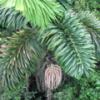
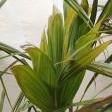

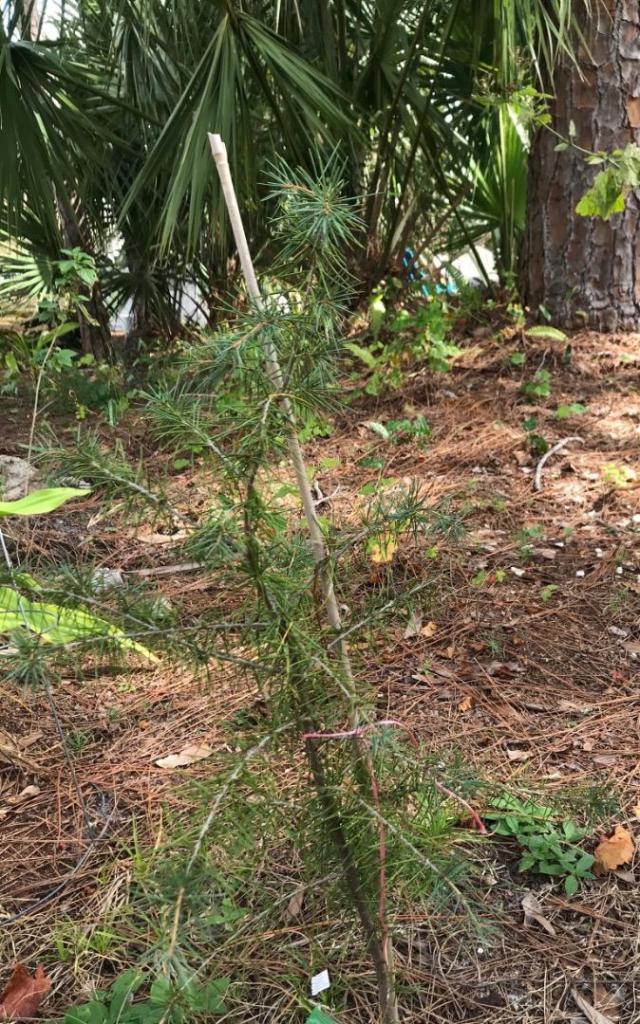

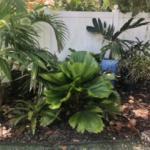

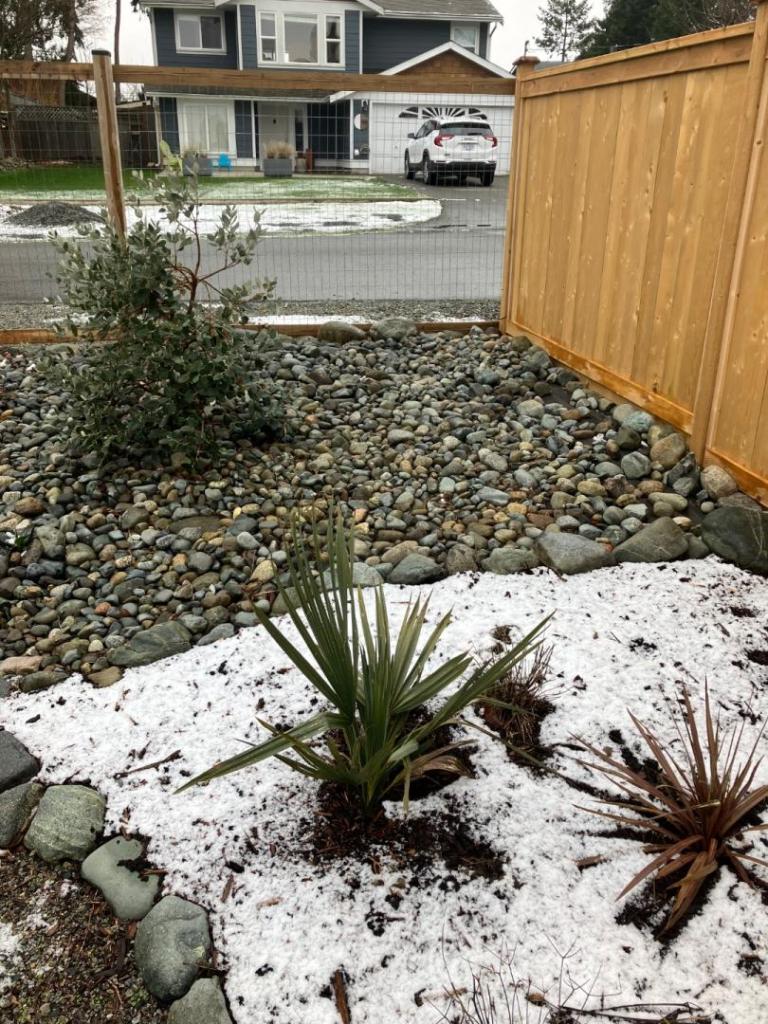
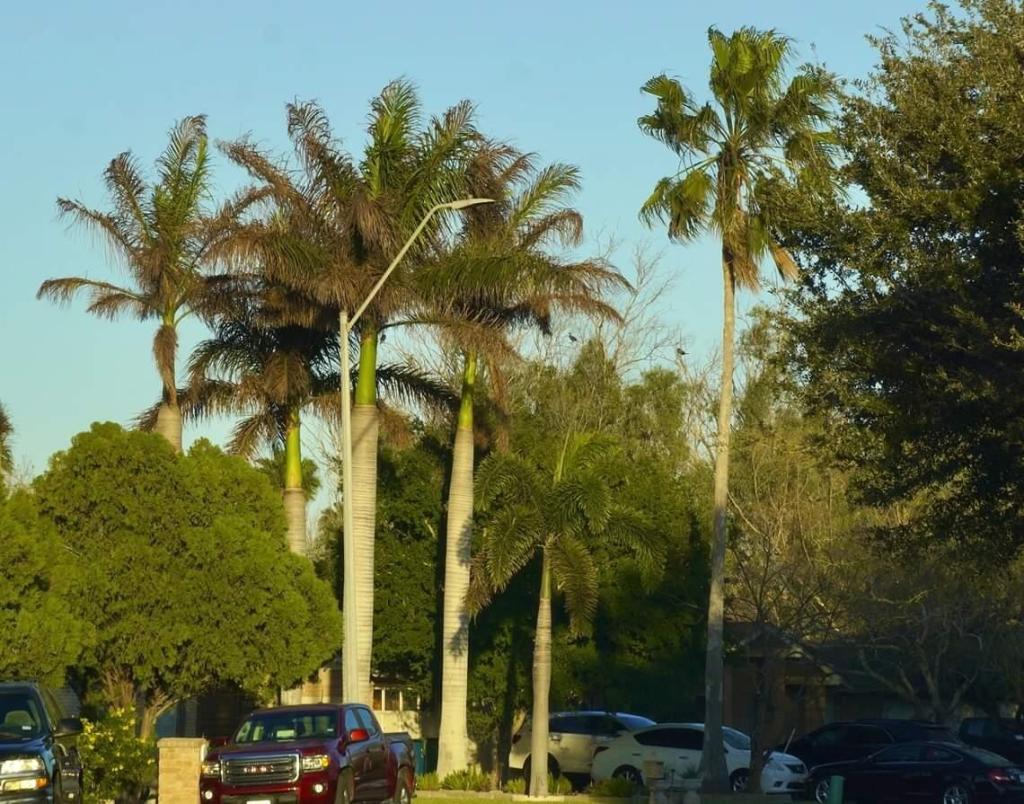

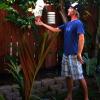


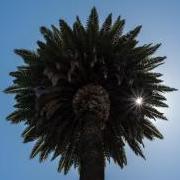

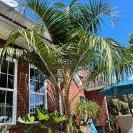

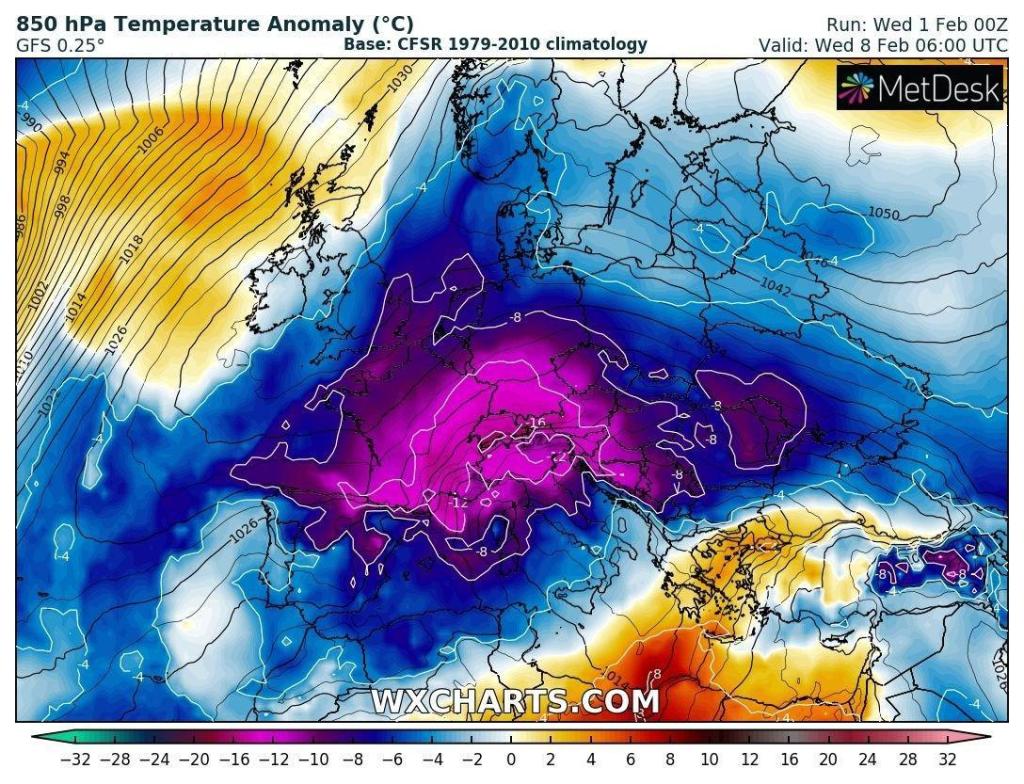
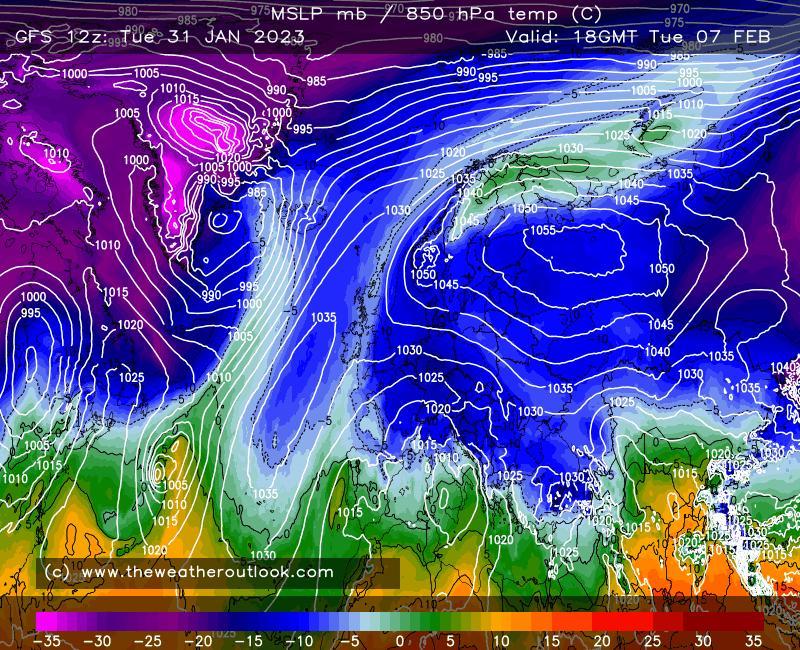
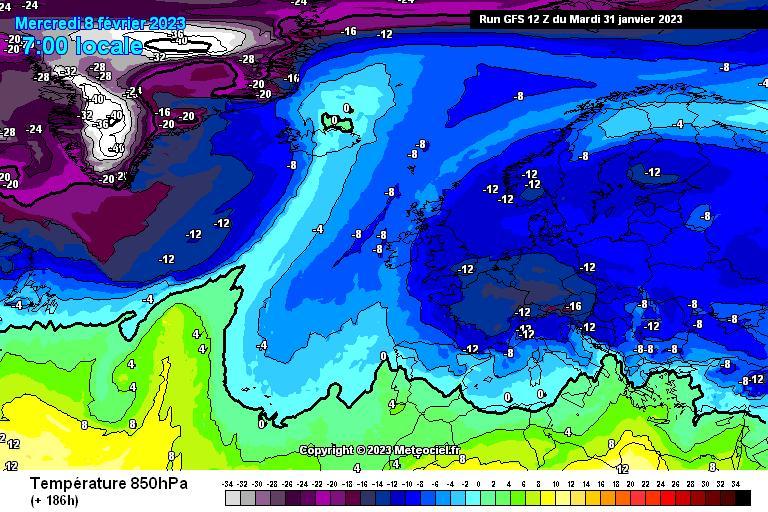
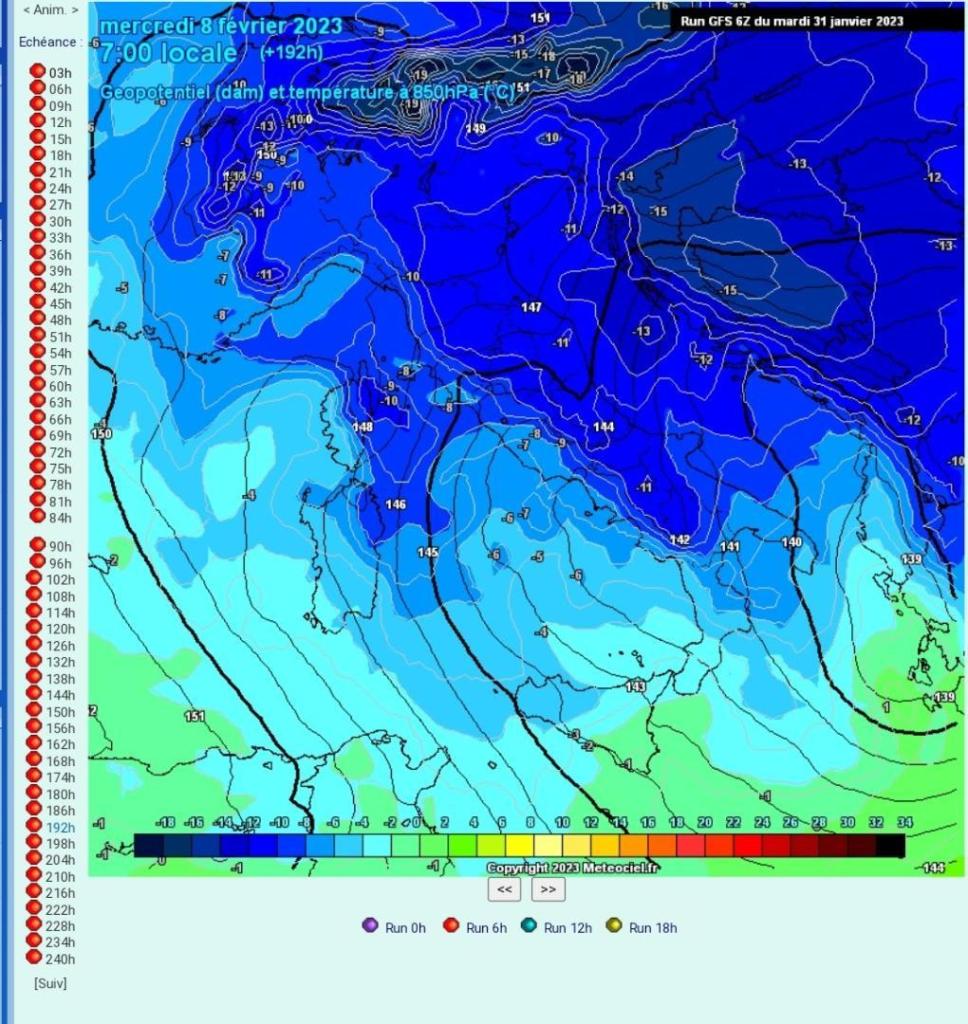
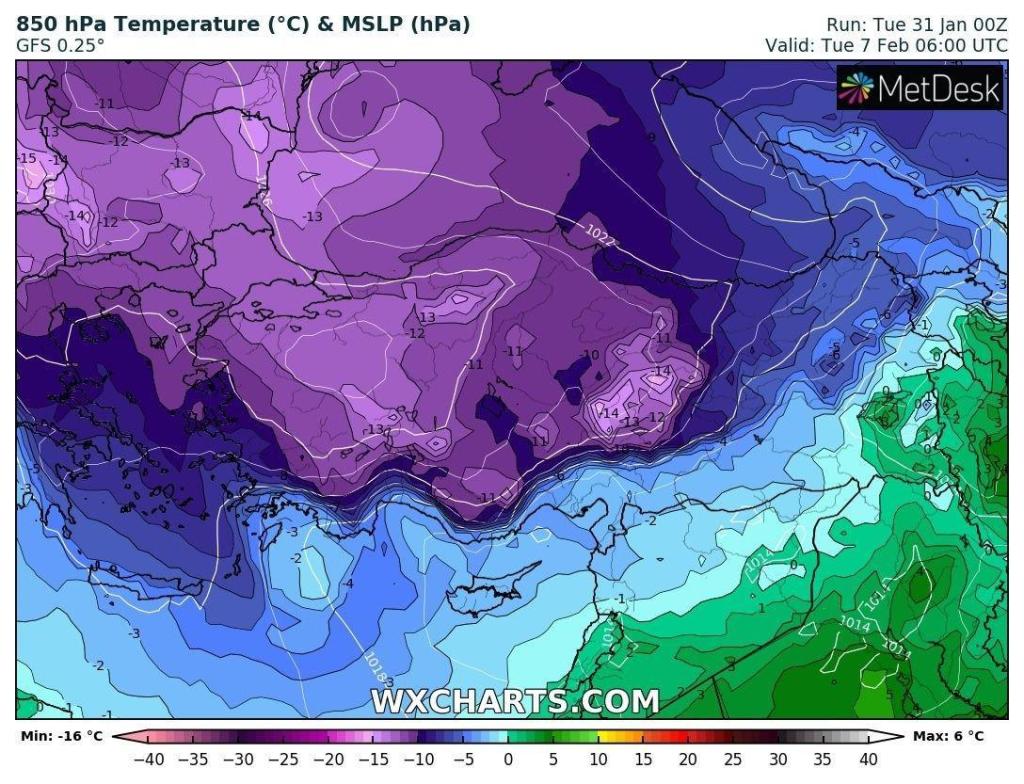


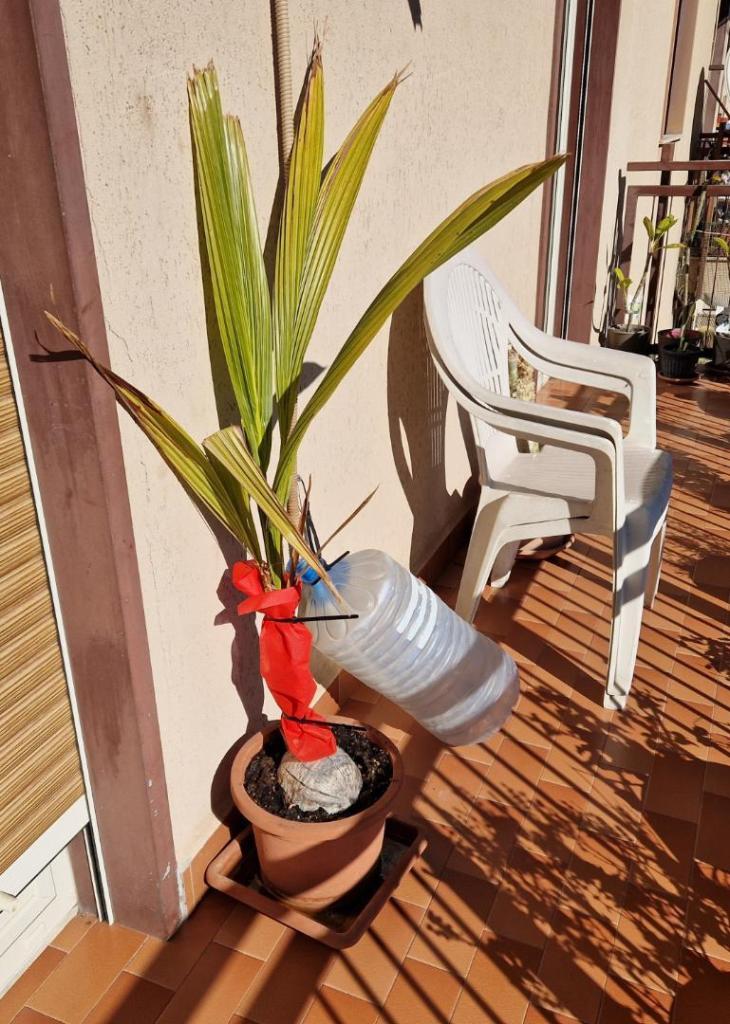


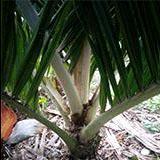



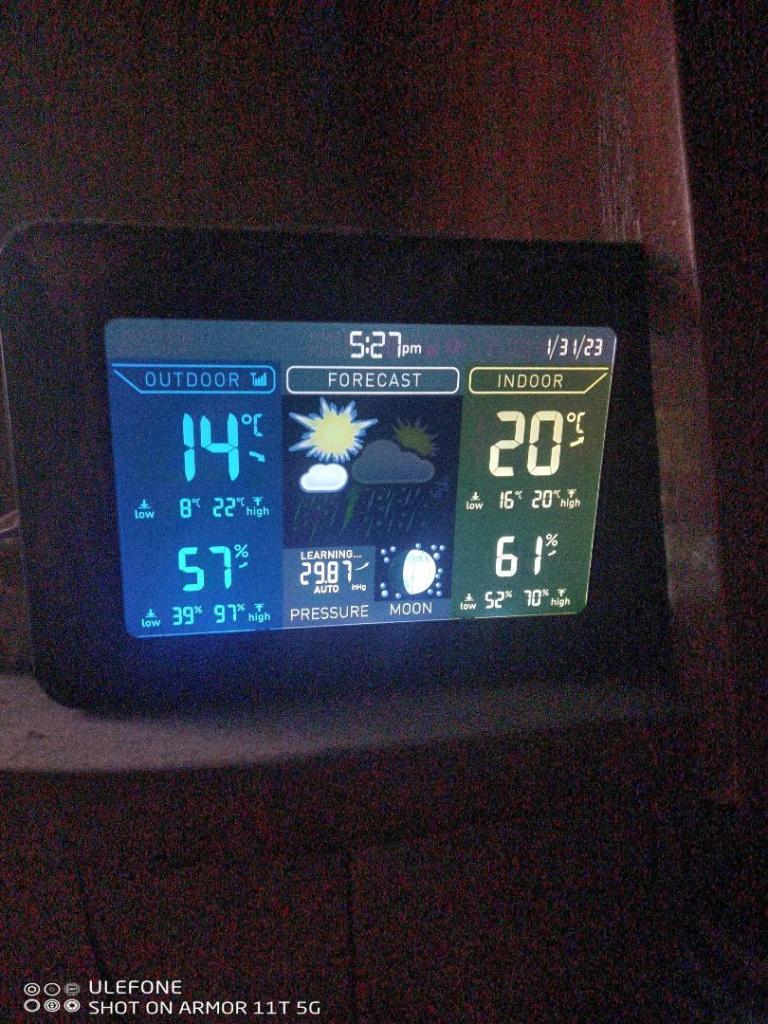
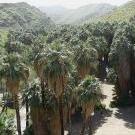
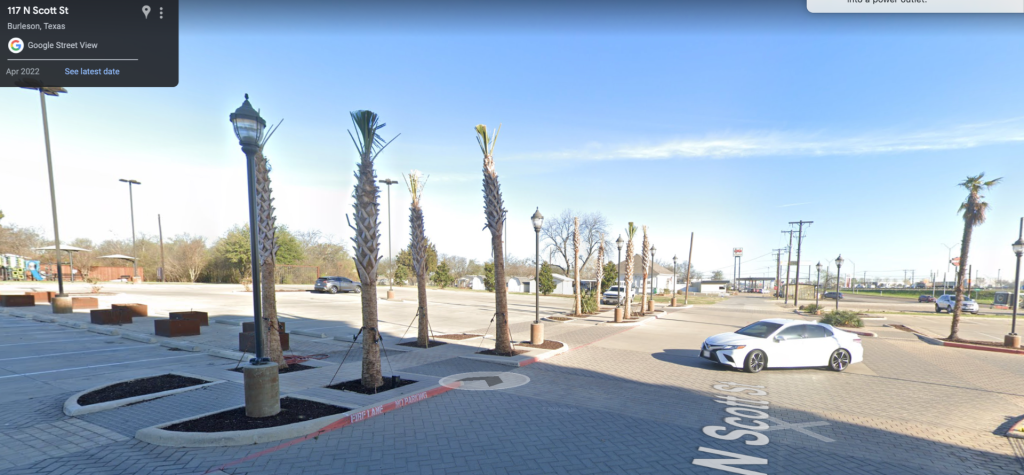
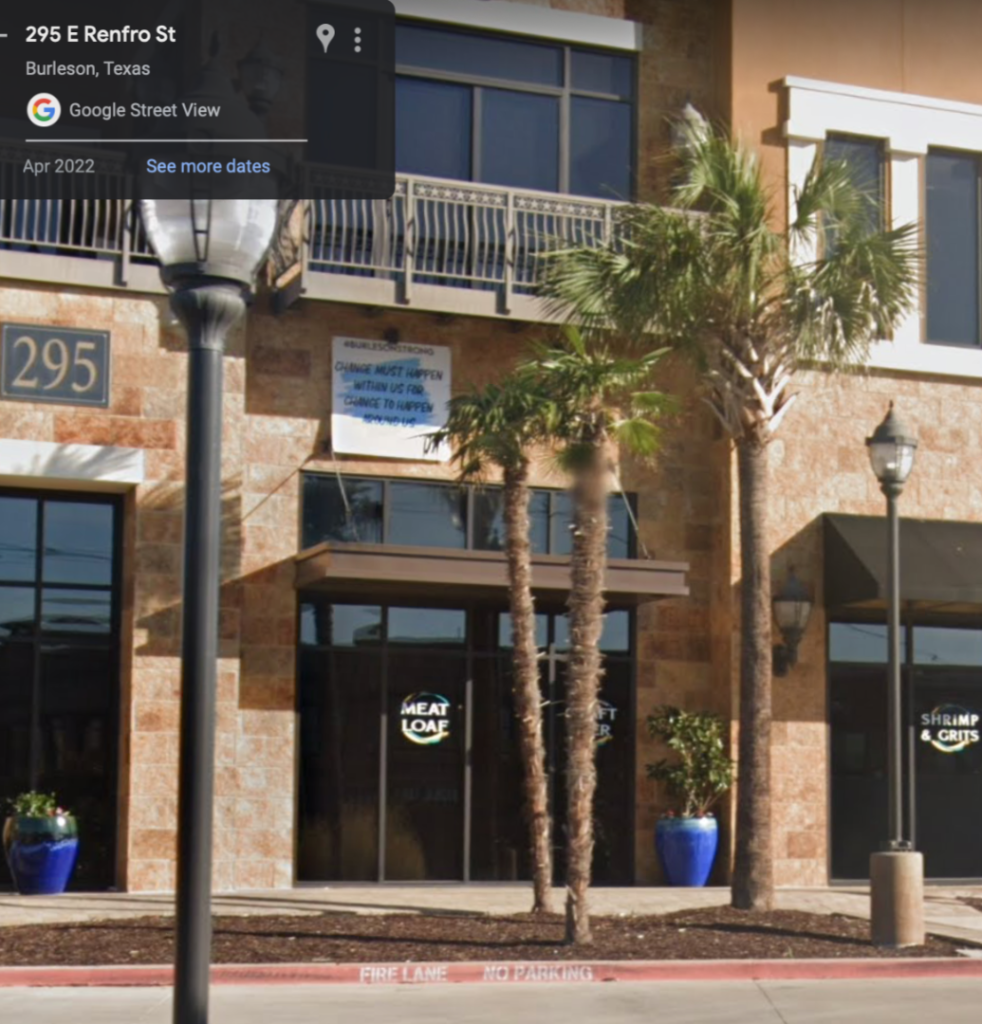
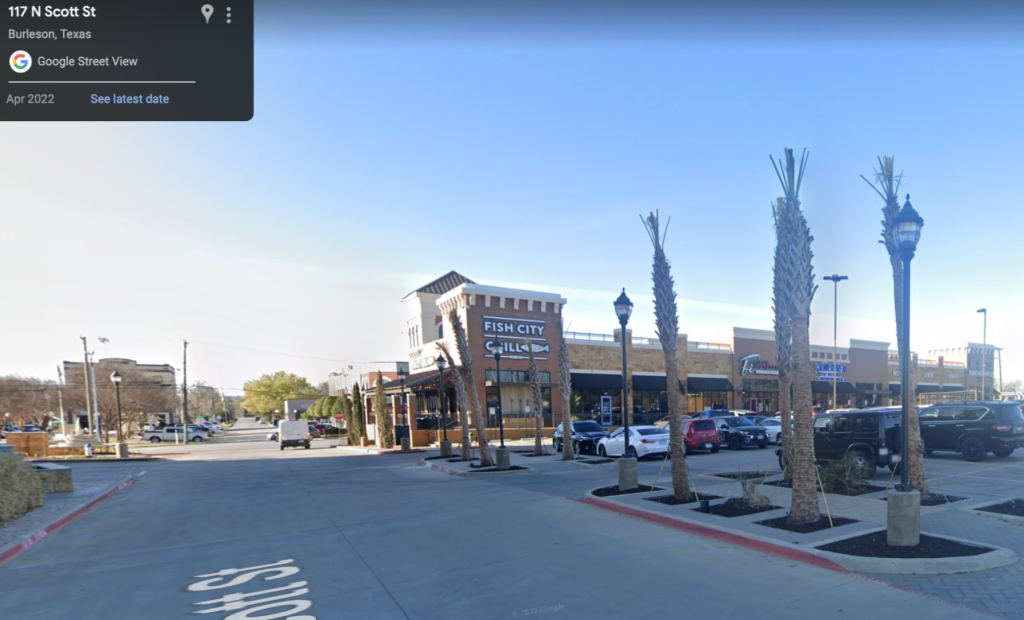
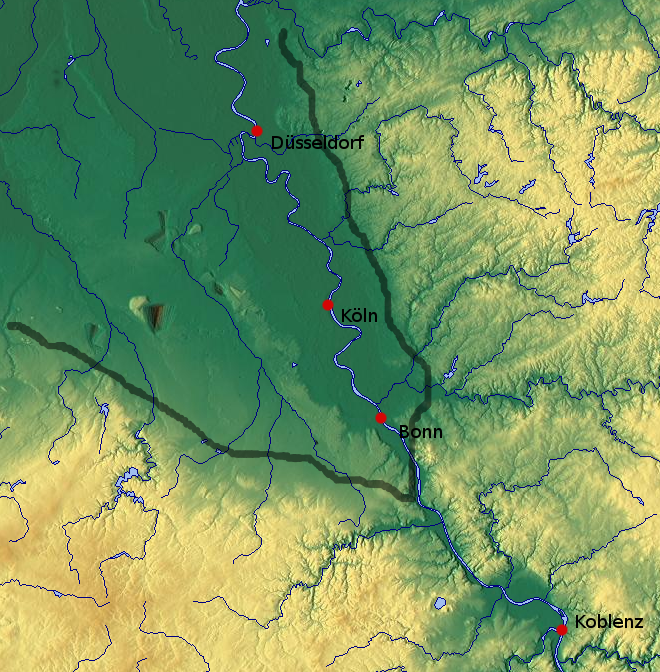


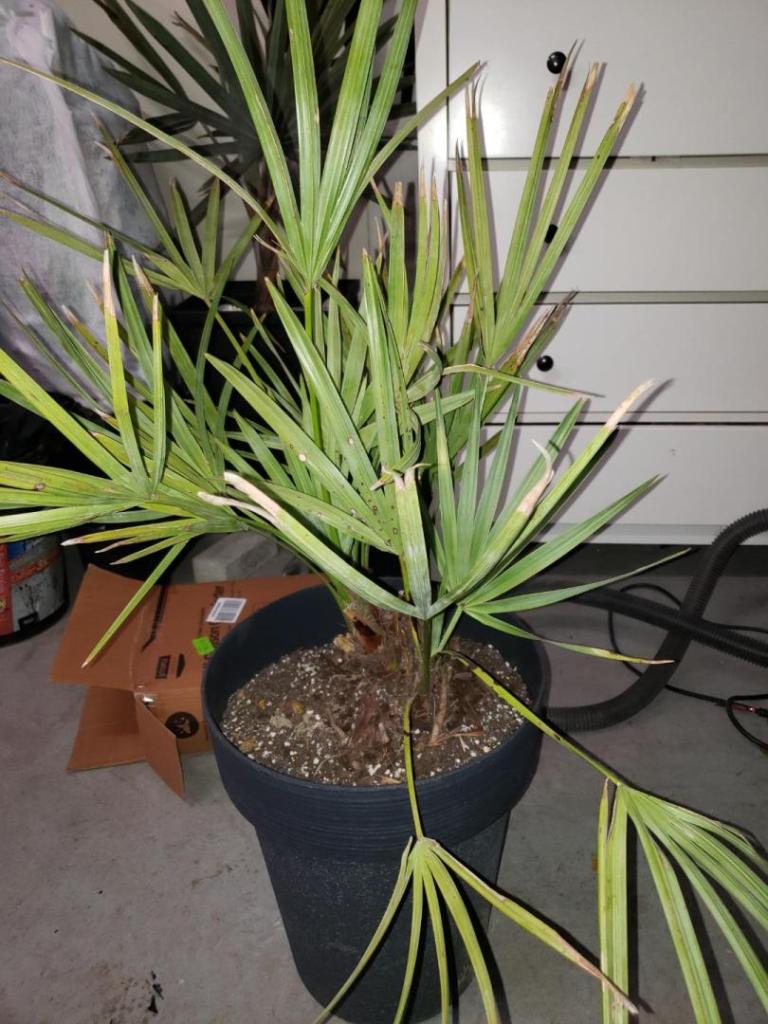
.thumb.jpg.f98e5066db1dec0358105c9c8eae8b39.jpg)
